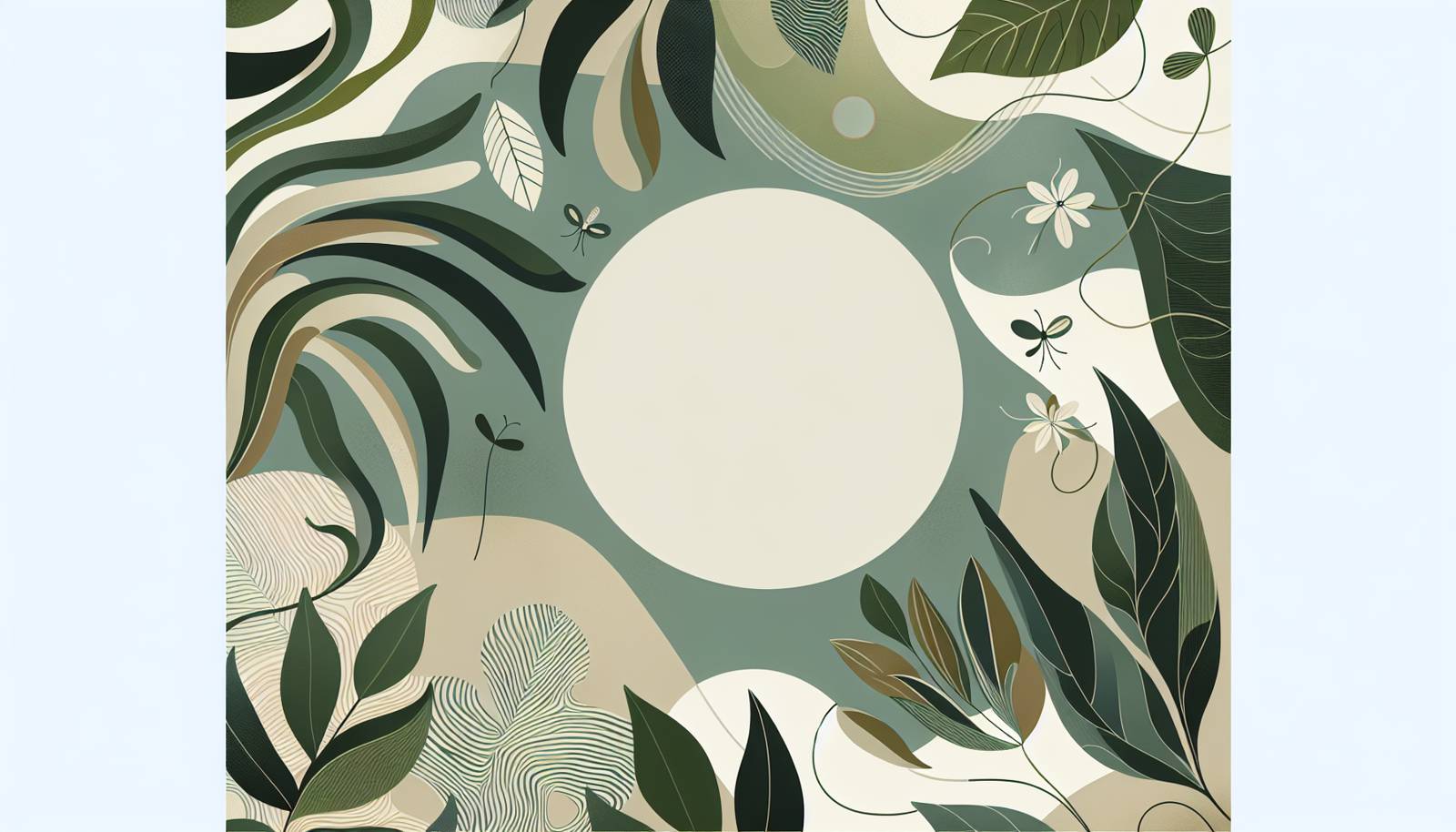
FAQ About Indoor Plant Relationship with Beneficial Insects

What are beneficial insects for indoor plants?
Beneficial insects for indoor plants include species like ladybugs, predatory mites, and parasitic wasps. These insects help control pest populations naturally by preying on harmful insects like aphids, spider mites, and mealybugs that can damage indoor plants.

How do ladybugs benefit indoor plants?
Ladybugs are known for their ability to control pests like aphids, whiteflies, and spider mites. By consuming these harmful insects, ladybugs help maintain the health of indoor plants, promoting better growth and reducing the need for chemical pesticides.

Can beneficial insects replace chemical pesticides for indoor plants?
Yes, beneficial insects can be an effective natural alternative to chemical pesticides for controlling pest populations in indoor plants. However, their effectiveness can depend on the specific pests present and the indoor environment. Regular monitoring and maintaining appropriate conditions are also necessary.

What types of pests do beneficial insects control in indoor plants?
Beneficial insects control a variety of pests in indoor plants, including aphids, spider mites, mealybugs, whiteflies, thrips, and scale insects. Different beneficial insects target different pests, so identifying the pest is important when choosing a beneficial insect.

How can I introduce beneficial insects to my indoor plants?
To introduce beneficial insects to your indoor plants, start by identifying the pests you need to control. Then, purchase the appropriate beneficial insects from a reputable supplier. Release them onto affected plants or nearby, and ensure the environment supports their survival, such as maintaining humidity and avoiding insecticides.

Do beneficial insects require special care once introduced to indoor plants?
Beneficial insects do not usually require special care, but creating a supportive environment is crucial. This includes avoiding pesticide use, maintaining humidity and temperature levels that favor the insects, providing enough pest populations for them to feed on, and regularly monitoring insect activity and plant health.

Are there any risks associated with introducing beneficial insects to indoor plants?
While generally safe, introducing beneficial insects can sometimes lead to unintended consequences, such as the beneficial insects moving to unwanted areas or failing to establish if environmental conditions are unsuitable. It's also possible for them to die off if the pest population is too low to sustain them.

Which beneficial insects are most effective for common indoor plant pests?
Common beneficial insects for indoor plant pests include ladybugs for aphids, predatory mites for spider mites, and parasitic wasps for whiteflies and aphids. Choosing the right species depends on the specific pest problem you have.

Can beneficial insects harm my indoor plants in any way?
Beneficial insects are natural predators of pests and do not harm healthy plants. Their presence is usually beneficial, as they help control pest populations, but they could be less effective if released incorrectly or if the pest species significantly outnumbers them.

How do I know if beneficial insects are working on my indoor plants?
Signs that beneficial insects are working include a visible reduction in pest numbers, healthier plant appearance, and sometimes observing the beneficial insects actively feeding on pests. Regular inspection of plants can help confirm their effectiveness over time.

Can I use beneficial insects in combination with other pest control methods?
Yes, beneficial insects can be used in combination with other pest control methods like natural repellents or insecticidal soaps. However, it’s crucial to avoid harsh chemical pesticides that could harm the beneficial insects. Integrated Pest Management (IPM) strategies are often most effective.

Where can I buy beneficial insects for my indoor plants?
Beneficial insects can be purchased from garden centers, online retailers, or specialized companies that breed and supply them. Ensure you choose a reputable supplier to receive healthy and effective insects.

What environmental conditions are necessary for beneficial insects to thrive indoors?
Beneficial insects thrive in environments with stable temperatures, adequate humidity, and sufficient food supply (pests). Avoid extreme temperatures and dry conditions, and provide some plants or water sources to support their survival if necessary.

How long do beneficial insects live on indoor plants?
The lifespan of beneficial insects varies by species. For example, ladybugs can live up to a year, while predatory mites and parasitic wasps have shorter lifecycles ranging from weeks to several months. Their effectiveness depends on living conditions and available prey.

Can all types of indoor plants benefit from beneficial insects?
Most indoor plants can benefit from beneficial insects, especially if they are susceptible to pest infestations. However, the success can depend on the specific pests present and plant type. Proper selection of both plants and insects is essential for optimal results.

How do beneficial insects contribute to plant growth?
By controlling pest populations, beneficial insects help reduce the stress on plants caused by pests. This allows plants to allocate more resources to growth and health rather than defense, resulting in healthier, more robust plants over time.

Is it possible to have too many beneficial insects on indoor plants?
In some cases, releasing too many beneficial insects can lead to competition for food once pests are controlled, causing the insects to decline or move away. Therefore, it's best to release them in balanced numbers appropriate for the pest issue.

Do beneficial insects reproduce on indoor plants?
Many beneficial insects will reproduce if conditions are conducive, like having enough food (pests) and suitable environmental conditions. However, their reproduction rates and lifecycle completion might depend on indoor conditions like temperature and humidity.

Can beneficial insects be used year-round for indoor plants?
Beneficial insects can be used year-round, but their effectiveness may vary with changing indoor conditions. Ensuring consistent growing conditions like temperature and humidity can support their activity throughout different seasons.

What are some common misconceptions about beneficial insects for indoor plants?
Common misconceptions include beliefs that beneficial insects are pests themselves, that they can harm plants, or that they require complex maintenance. Another misconception is that they are less effective than chemical treatments, whereas they can provide sustainable and environmentally friendly pest management solutions.
